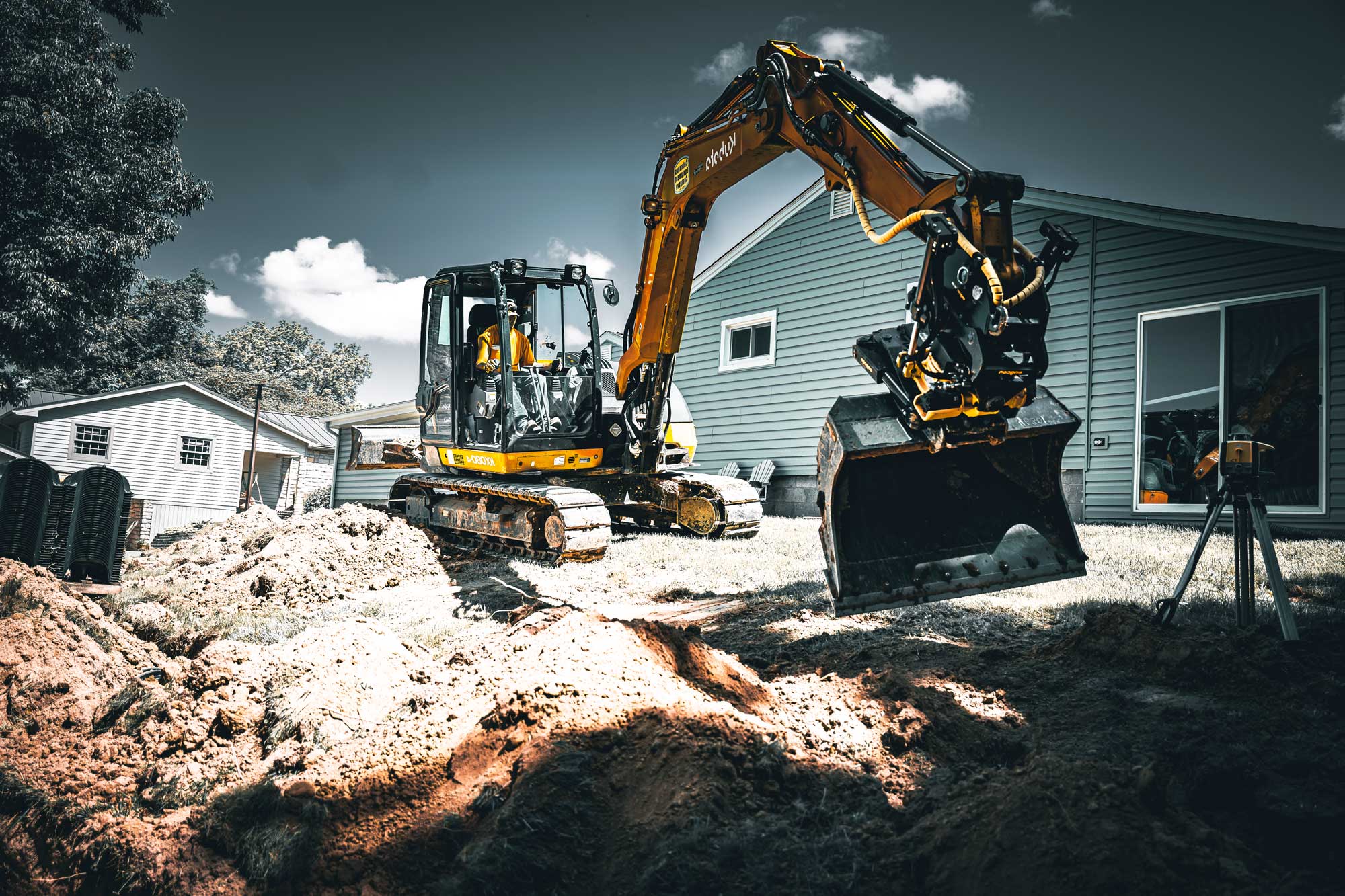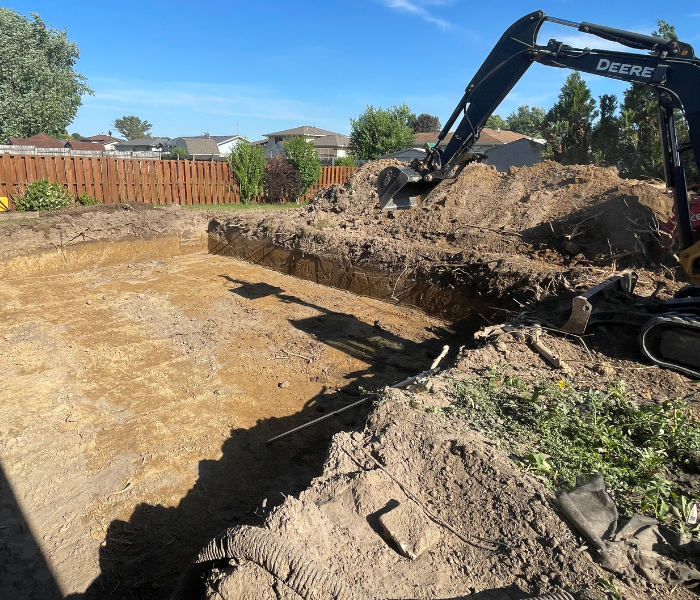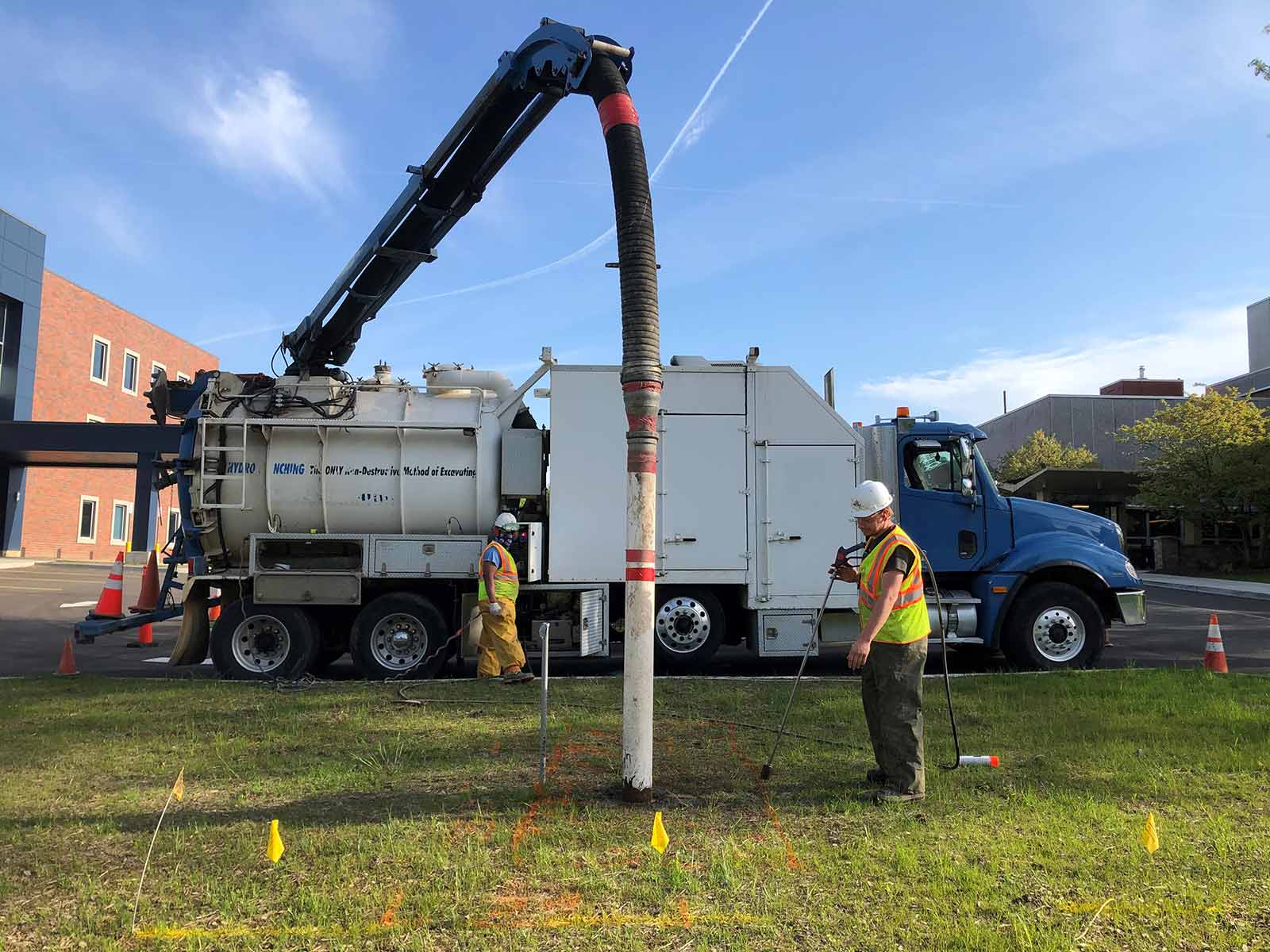Lancaster Trenching - Professional Trenching Solutions in Lancaster, Ohio
Lancaster Trenching - Professional Trenching Solutions in Lancaster, Ohio
Blog Article
Extensive Exploration: The Science Behind Superior Excavation Practices
From ancient hand tools to modern-day hydraulic excavators, the development of excavation strategies has been a testimony to human ingenuity and technical innovations. What absolutely establishes exceptional excavation practices apart is a deep understanding of geological concepts, coupled with the use of innovative tools and methodologies.
Advancement of Excavation Techniques
Throughout history, the development of excavation strategies has played a critical function ahead of time construction methods and historical discoveries. From the basic tools made use of by our ancestors to the sophisticated machinery utilized in contemporary times, the development of excavation methods has considerably changed how we approach various jobs.
In old times, manual work with fundamental devices such as shovels, wheelbarrows, and pickaxes was the primary technique of excavation. This labor-intensive procedure restricted the depth and extent of excavations, typically resulting in slow progress and limited access to specific sites. As worlds advanced, so did the devices and strategies utilized for excavation.
The Industrial Transformation noted a transforming factor in excavation experiment the introduction of steam-powered equipment. This technology changed the field, permitting for faster and a lot more extensive excavations. In contemporary times, modern technology plays a crucial duty in excavation, with advancements like general practitioner systems, drones, and 3D scanning boosting accuracy and efficiency in the field. The evolution of excavation strategies remains to shape the way we develop, check out, and understand the globe around us.
Role of Technology in Excavation

The integration of cutting-edge modern technology has basically revolutionized the area of excavation, enhancing precision and efficiency to extraordinary levels. One of the key technical improvements that has dramatically influenced excavation practices is the use of GPS systems. These systems allow for specific mapping of excavation sites, making it possible for operators to accurately situate underground energies and structures. In addition, using telematics in excavation equipment has actually enabled real-time surveillance of device efficiency, bring about proactive maintenance and increased functional performance.
In addition, the introduction of 3D modeling and simulation software program has streamlined the planning procedure for excavation projects. Engineers and drivers can now visualize the whole excavation process before beginning, recognizing possible challenges and optimizing operations. Together with this, the execution of drones in excavation tasks has promoted aerial surveys, volumetric measurements, and site evaluations with unequaled rate and precision.
Geological Concepts in Excavation
An understanding of geological principles is necessary for making certain the architectural honesty and security of excavation websites. Geological aspects play a crucial role in identifying the feasibility and safety of excavation projects (lancaster excavation). One essential geological principle to consider is the type of go to this website soil or rock existing at the website. Different soil types, such as clay, gravel, or sand, have differing levels of security and call for various excavation methods. For example, cohesive dirts like clay might need additional assistance to avoid collapses, while sandy dirts may be vulnerable to disintegration during excavation.
Furthermore, the geological framework of the area, consisting of mistakes, cracks, and rock developments, must be meticulously examined to recognize potential dangers and obstacles. Digging deep into near fault lines or unpredictable rock formations can bring about instability and prospective threats. By carrying out extensive geological studies and analysis, excavators and designers can establish methods to mitigate risks and guarantee the successful conclusion of excavation projects. Ultimately, integrating geological concepts right into excavation methods is crucial for accomplishing secure, efficient, and lasting outcomes.
Most Current Tools for Excavation
In the world of excavation practices, modern innovations in tools have changed the performance and precision of excavation processes. These drones can give in-depth aerial studies of excavation sites, offering real-time information on topography and prospective dangers.
One more cutting-edge device gaining appeal is the execution of 3D printing technology for producing customized excavation tools. This permits for the production of specialized devices that are customized to the details demands of a task, enhancing performance and decreasing downtime.
In addition, developments in products scientific research have actually resulted in the growth of stronger and extra resilient excavation devices. lancaster trenching. Tungsten carbide-tipped excavator accessories, for instance, offer premium performance in difficult ground problems, enhancing efficiency on-site
Scientific research's Effect on Excavation Practices

Furthermore, clinical research on soil auto mechanics and geotechnical design has offered useful understandings right into dirt behavior, enabling excavation experts to make educated decisions regarding excavation methods and soil stablizing methods. Overall, science continues to drive development and enhancement in excavation techniques, making excavation tasks extra efficient, affordable, and sustainable.

Verdict
To conclude, the development of excavation methods has been significantly influenced by innovations in modern technology and a much deeper understanding of geological principles. The current devices and devices used in excavation have actually enhanced effectiveness and precision in the area. The application of scientific knowledge has dramatically boosted excavation techniques, resulting in more lasting and reliable techniques for digging deep into different sorts of materials.
In the realm of excavation methods, contemporary developments in tools have revolutionized the efficiency and accuracy of excavation procedures. By leveraging scientific concepts, the excavation industry has actually been able to significantly improve effectiveness, accuracy, and safety in excavation processes. GPR allows excavation teams to non-invasively check and map subsurface structures, energies, and potential threats, allowing them to prepare excavation jobs with better accuracy and minimized threat of Related Site mishaps.
Furthermore, clinical study on soil mechanics and geotechnical design has provided beneficial insights right into dirt behavior, permitting excavation experts to make enlightened decisions concerning excavation approaches and soil stablizing methods. Overall, scientific research continues to drive technology and enhancement in excavation techniques, making excavation jobs more effective, cost-effective, and sustainable.
Report this page